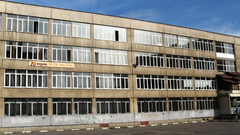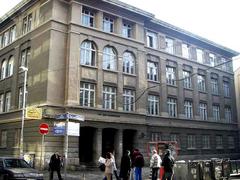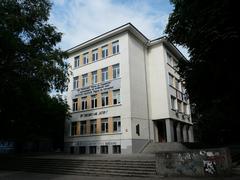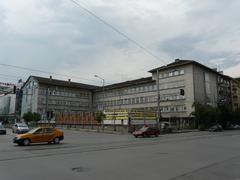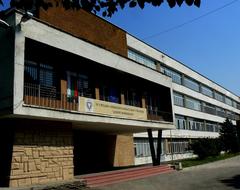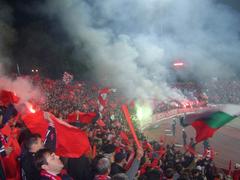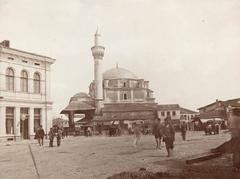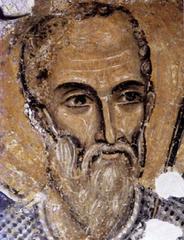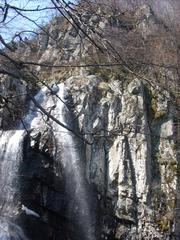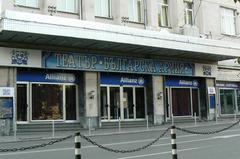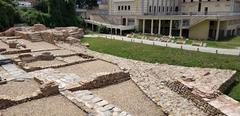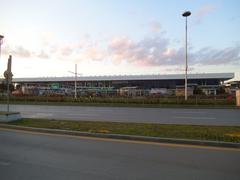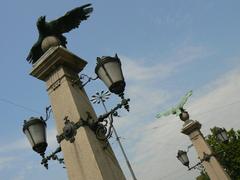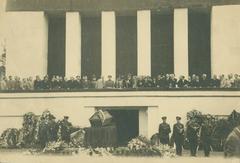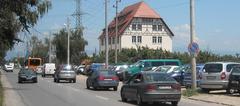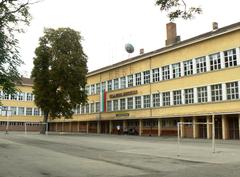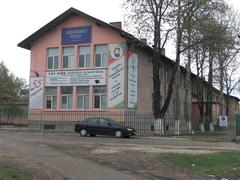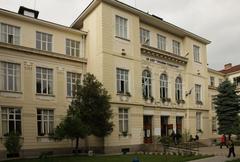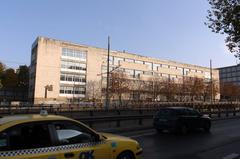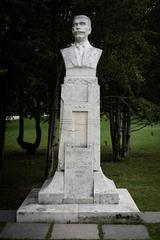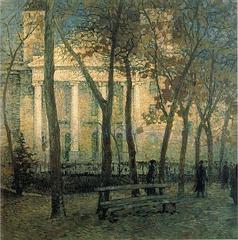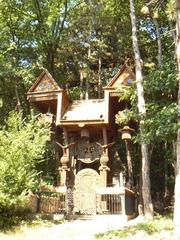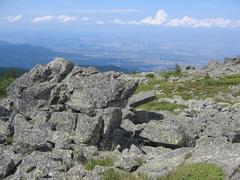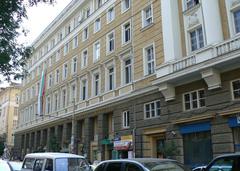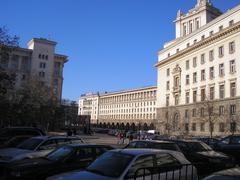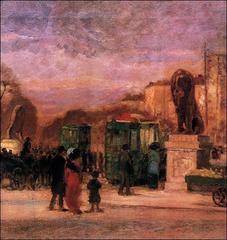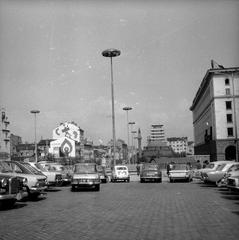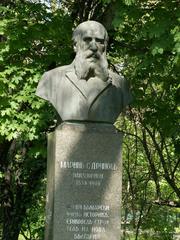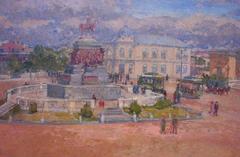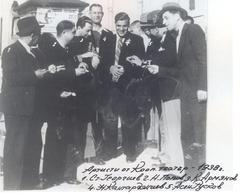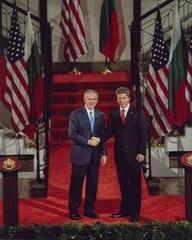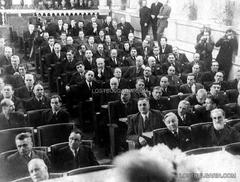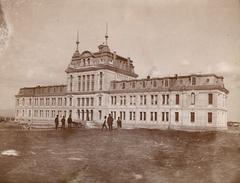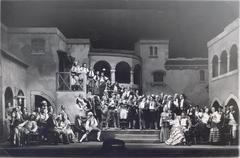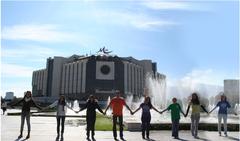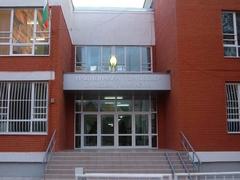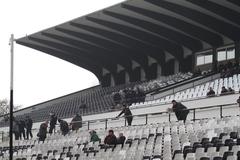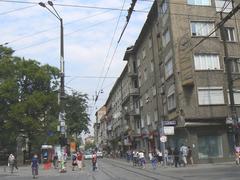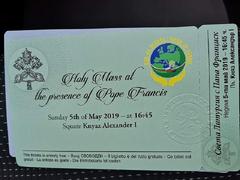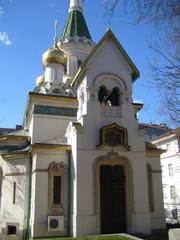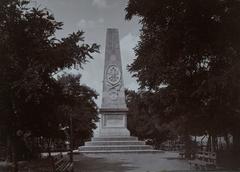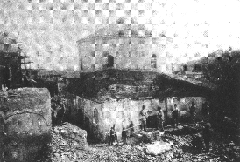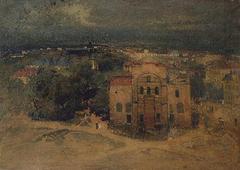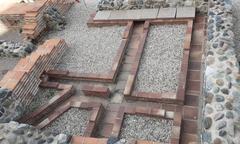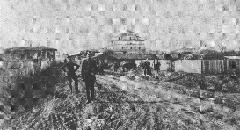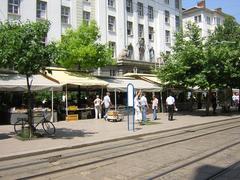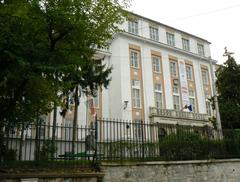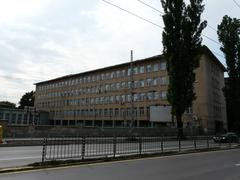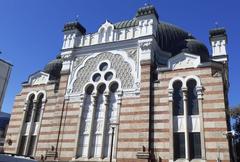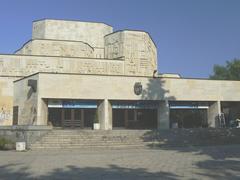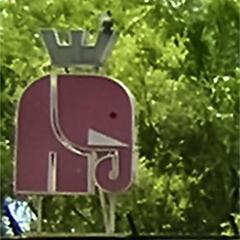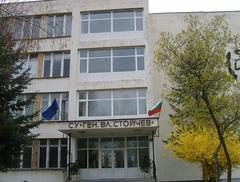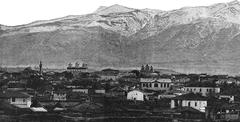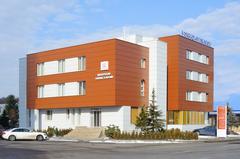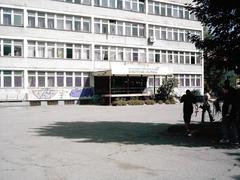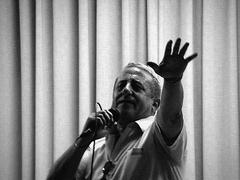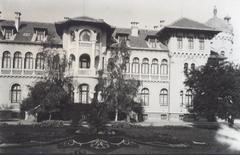Nezavisimost Square in Sofia, Bulgaria: Visiting Hours, Tickets, and Historical Sites
Date: 04/07/2025
Introduction
Nestled in the heart of Sofia, Bulgaria, Nezavisimost Square—also known as Independence Square or “The Largo”—is a dynamic intersection of ancient history, monumental architecture, and vibrant urban life. The square reflects Sofia’s layered past, from its origins as the Thracian Serdica to its time as a Roman city, through the Socialist era, and into its modern role as a democratic and cultural center. Here, visitors can walk above millennia-old Roman streets, admire the city’s grand Socialist Classicism buildings, and experience Sofia’s lively contemporary pulse through public events and markets.
This guide provides everything you need to know about visiting Nezavisimost Square: historical insights, visiting hours, ticketing information, accessibility, transportation options, and highlights of nearby attractions. Whether you are a history enthusiast, architecture lover, or urban explorer, Nezavisimost Square offers an unforgettable journey through Bulgaria’s past and present.
For further details on the archaeological complex and architectural significance, explore resources such as the GuideBG Ancient Serdica Complex, Eupedia’s Sofia Architecture Guide, and the Sofia History Museum.
Table of Contents
- Introduction
- Historical Overview
- Visiting Information
- Frequently Asked Questions
- Visual Experience and Media
- Conclusion
- References
Historical Overview
Origins and Early History
Nezavisimost Square stands on what was once the Thracian settlement of Serdica, later transformed into the Roman city of Ulpia Serdica. The area prospered as a key administrative and commercial hub, with remains of Roman streets, residential blocks, and fortifications still visible today beneath glass walkways (GuideBG; Spotting History).
20th-Century Transformation
After devastating WWII bombings in 1944, central Sofia underwent extensive reconstruction. In 1951, the Bulgarian government initiated the creation of the Largo ensemble, with construction beginning in 1952. The area was initially named Lenin Square, in line with socialist ideals (Wikipedia).
The Largo and Socialist Classicism
The Largo consists of three imposing buildings:
- The Party House (now the National Assembly)
- The Council of Ministers
- The Presidential Administration
Adjacent to the complex is the Central Department Store (TZUM). These structures are prime examples of Socialist Classicism: symmetrical, monumental, and clad in light-colored stone, with neoclassical colonnades and decorative reliefs (Eupedia; Bulgaria Info Guide).
Political and Symbolic Changes
With the fall of communism in 1989, the square underwent symbolic transformation. The red star atop the Party House was replaced with the Bulgarian flag (Atlas Obscura), and the statue of Lenin was supplanted by the modern statue of Sveta Sofia (London City Calling). The square was renamed Nezavisimost (Independence) Square to reflect Bulgaria’s democratic aspirations.
Archaeological Integration
Modern renovations, particularly during the construction of Sofia’s metro, revealed extensive Roman ruins below the square. Today, glass domes and walkways allow visitors to view the ancient decumanus maximus and other remains, integrating history with contemporary urban design (GuideBG; Wikipedia).
Visiting Information
Hours and Tickets
- Nezavisimost Square: Open 24/7 as a public space.
- Ancient Serdica Archaeological Complex:
- Open-air areas: Accessible 24 hours.
- Covered exhibitions: Typically Tuesday–Sunday, 10:00 AM–6:00 PM; closed Mondays and national holidays.
- Admission: Outdoor areas are free. Exhibition areas may require a ticket (usually under 10 BGN); discounts for students, seniors, and groups.
- Guided Tours: Available via the Sofia History Museum or local tour operators.
Accessibility
The square and main archaeological walkways are wheelchair accessible, with ramps and elevators. Some older or excavated sections may have limited access.
Directions
- By Metro: Serdika and Serdika II stations (M1 & M2 lines) are right beneath the square.
- By Bus/Tram: Stops at Knyaz Aleksandar Dondukov Boulevard and Tsar Osvoboditel Boulevard.
- By Foot: Centrally located, easily reached from most of Sofia’s main sites.
Travel Tips
- Visit early morning or late afternoon for fewer crowds and ideal lighting.
- Wear comfortable shoes for walking on cobblestones and ancient pathways.
- Combine your visit with nearby attractions like the St. George Rotunda, Central Market Hall, and the National Assembly.
- Guided tours provide valuable context and access to restricted areas.
- Photography is permitted but be mindful near government buildings and during events.
Nearby Attractions
- St. George Rotunda: 4th-century Roman church and Sofia’s oldest building.
- Church of St. Petka: Medieval Orthodox church.
- Central Market Hall: Historic food market with local products and souvenirs.
- Presidency and Council of Ministers: Key government buildings.
- Banya Bashi Mosque and Sofia Synagogue: Reflect Sofia’s religious diversity.
- Borisova Gradina Park: Green space nearby for relaxation.
Events and Activities
Nezavisimost Square is a hub for cultural events, concerts, art exhibitions, political rallies, and seasonal markets. The Largo’s underground spaces frequently host concerts and contemporary exhibitions. In July, the square comes alive with music festivals and open-air performances (allevents.in).
Ancient Serdica Complex: Highlights
- The Largo Zone: Roman streets, homes, and public spaces under glass domes.
- Knyaginya Maria Luiza Boulevard Zone: Elite Roman residences, basilicas, baths, and the Felix Mosaic (cetinbostanoglu.com).
- Lapidarium: Artifacts and stone monuments curated with the National Archaeological Institute.
- Interactive Maps and Virtual Tours: Available via the Sofia History Museum.
Frequently Asked Questions (FAQ)
Q: Is there an entrance fee for Nezavisimost Square or the archaeological complex?
A: The square and open-air archaeological areas are free; some exhibition areas may require a ticket.
Q: What are the best times to visit?
A: Early morning and late afternoon on weekdays.
Q: Is the site accessible for people with disabilities?
A: Yes, most areas are wheelchair accessible.
Q: Are guided tours available?
A: Yes, book through the Sofia History Museum or local tour providers.
Q: How do I get there by public transport?
A: Use Serdika or Serdika II metro stations.
Q: What events take place at the square?
A: The square hosts concerts, markets, political rallies, and national celebrations year-round.
Visual Experience and Media
Visitors can find high-quality informational panels throughout the site. Interactive maps, virtual tours, and images are available on the official Sofia tourism website and the Sofia History Museum. Images of the Largo’s architecture, Roman ruins, and the St. George Rotunda are recommended for a visual preview.
Conclusion
Nezavisimost Square is much more than a historic landmark; it is a living symbol of Sofia’s resilience, diversity, and transformation. From ancient Roman streets to grand Socialist Classicism and contemporary public art, every layer tells the story of Bulgaria’s capital. The square’s accessibility, central location, and dynamic events make it a must-see for every visitor to Sofia.
To enrich your visit, check official resources for the latest updates, consider guided tours, and download the Audiala app for interactive audio guides and practical tips. Explore the vibrant heart of Sofia where centuries of history meet the energy of modern city life.
References and Official Sources
- GuideBG Ancient Serdica Complex
- Eupedia Sofia Architecture Guide
- Bulgaria Info Guide: Largo Sofia
- Sofia History Museum
- Mountains Bulgaria Hotels: Independence Square
- Cetinbostanoglu Serdica Overview
- Sosofia Cultural Events
- Rossiwrites Sofia Guide
- Krista The Explorer Sofia Guide
- Visit Sofia
- AllEvents Sofia July
